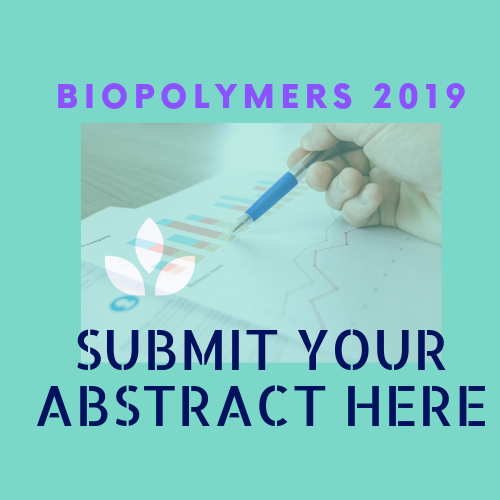
Prof Maurizia Seggiani
University of Pisa, Italy
Title: Raw protein hydrolysates from tanning industry in blends with Polybutylene succinate adipate (PBSA) for agricultural applications
Biography
Biography: Prof Maurizia Seggiani
Abstract
In this study, thermoplastic blends based on poly (butylene succinate-co-adipate) (PBSA) and different raw hydrolyzed collagens (HCs), byproducts of the tannery industry, were investigated for the production of biodegradable items for applications in agriculture. The used HCs were obtained by alkaline (HCa) and enzymatic (HCe) hydrolysis of the solid wastes generated during the phase of shaving in the tanning process. PBSA/HC blends, containing 5-20 wt% of HC, were produced by melting extrusion and characterized in terms of processability by blow film extrusion/injection molding and thermal/rheological properties. In view of their potential use in agriculture, the ultimate aerobic biodegradability of films (thickness 300 micron) was evaluated under controlled composting conditions, according to the UNI EN ISO 14855-1; dog-bone specimens, produced by injection molding, were also subjected to a disintegration test carried out in compost under curing at room temperature, according to the UNI EN 14045. The blown films, produced up to 20 wt% of HCa, resulted flexible with satisfactory tensile properties and excellent tear resistance, due to its good compatibility with the polymeric matrix and plasticizing effect. While, the HCe behaved as filler, due to the poor interfacial matrix/HC interactions with consequent continuous decrease of the tensile properties with increasing HCe loading. All the blends up to 20 wt.% HCa and HCe resulted suitable for the injection molding obtaining molded specimens with good tensile properties, in particular those containing HCa. Both HCs improved the biodegradation rate of the blends studied, with even higher rates than cellulose. The results obtained encourage the use of the raw collagen hydrolysates derived from the tannery industry in the production of thermoplastic blends to obtain compostable/biodegradable films or molded products with N-fertilizing properties for applications in agriculture (mulch) and plant nurseries.

